When you see one of these style faux pas, you know it’s wrong to stare, but you just can’t help it. Some blunders are not so noticeable, but others are glaring.
 In professional settings the time has come that managers and HR departments are paying the price for the creation of “business casual” attire. When business casual became popular, it fulfilled its purpose: helping some employees relax from the matched suit day after day. It was usually just for Fridays, but over the decades, it has become everyday, and from what I’m seeing and hearing, in some businesses, it’s often weekend wear seven days a week. Oh my, that wasn’t the intention. Now we see sloppy, dated, ill-fitting clothes every day. Here is a list of some of the worst image “killing offences.”
In professional settings the time has come that managers and HR departments are paying the price for the creation of “business casual” attire. When business casual became popular, it fulfilled its purpose: helping some employees relax from the matched suit day after day. It was usually just for Fridays, but over the decades, it has become everyday, and from what I’m seeing and hearing, in some businesses, it’s often weekend wear seven days a week. Oh my, that wasn’t the intention. Now we see sloppy, dated, ill-fitting clothes every day. Here is a list of some of the worst image “killing offences.”
Women:
Leggings are not pants – even if you do have a nice tush.
Head-to-toe trend or designer – wearing any animal or flower print from head to toe, including accessories. Wearing Michael Kors everything doesn’t show style; its shows that you don’t know what personal style is and you need to borrow it. This also communicates that you are more about fashion than business.
 Flip-flops – only appropriate at the beach! Unless your office has sand in lieu of carpeting, leave the flip-flops at home.
Flip-flops – only appropriate at the beach! Unless your office has sand in lieu of carpeting, leave the flip-flops at home.
Over accessorizing – putting on all your favorite and then some doesn’t make you appear serious for business and will be distracting to everyone.
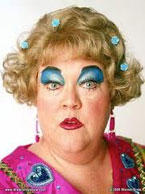 Too much make-up – totally distracting, and with all the free videos and advice available at one’s fingertips, completely avoidable.
Too much make-up – totally distracting, and with all the free videos and advice available at one’s fingertips, completely avoidable.
 VPL – with all the billions of dollars women spend on undergarments, why in the world would you not take the time to avoid all those lines? It’s distracting, especially to the opposite sex. This photo also shows the hazard of too tight clothing, a caution to being mindful of what your image is telling others about you.
VPL – with all the billions of dollars women spend on undergarments, why in the world would you not take the time to avoid all those lines? It’s distracting, especially to the opposite sex. This photo also shows the hazard of too tight clothing, a caution to being mindful of what your image is telling others about you.
Men:
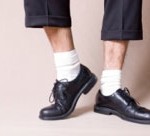 White socks with leather shoes – need I say more?
White socks with leather shoes – need I say more?
Dress shirts not tucked in.
Know the difference between a dress shirt and a sport shirt, and wear appropriately.
Avoid clunky, rubber-soled, square-toe, unpolished or fake leather shoes.
Both Men and Women:
Price tags on the bottom of your shoes? . . . Really?
Cut your vents! That big X sewn across the vent of your jacket, blazer or coat is only for shipping purposes- it is not a style detail. I see this more often than you might think, so much so I’m going to start carrying a tiny scissors to snip it when I see it!
Lack of tailoring. It’s true – if you spent $1,000 on a suit or dress and wear it without tailoring, it will look like a cheap suit. Tailoring is so key, it can also make a $100 suit look like a $1,000 bucks.
 Poor grooming. The quickest way to miss out on opportunities is to not take this seriously. Hair (on the head and anywhere else it grows where others will see it), teeth, skin, breath, nails, brows.
Poor grooming. The quickest way to miss out on opportunities is to not take this seriously. Hair (on the head and anywhere else it grows where others will see it), teeth, skin, breath, nails, brows.
This faux pas list could be much longer, but I wanted to give my top picks and what I see most often in offices across our city. My advice is to always be mindful of the message you are communicating as you walk through your life so that you avoid killing your image.
ABOUT TRACI MCBRIDE: TRACI IS THE WARDROBE STYLIST AT TEEMCBEE IMAGE CONSULTING. SUBSCRIBE TO HER NEWSLETTER, SCHEDULE A STYLE STRATEGY CALL, OR REQUEST TEE SPEAKS TO INFUSE YOUR ORGANIZATION WITH PASSION AND STYLE.
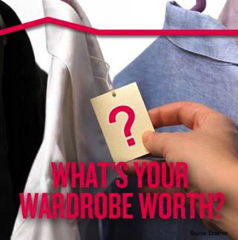

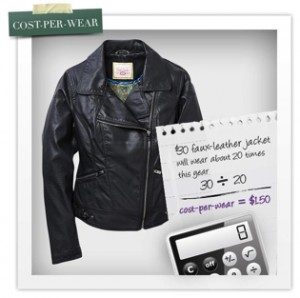

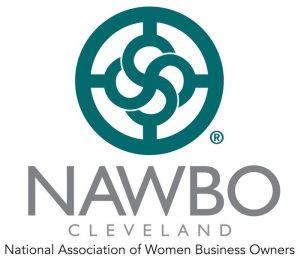

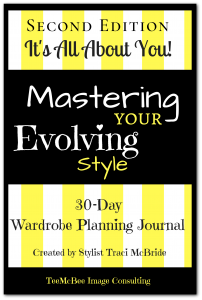
Recent Comments